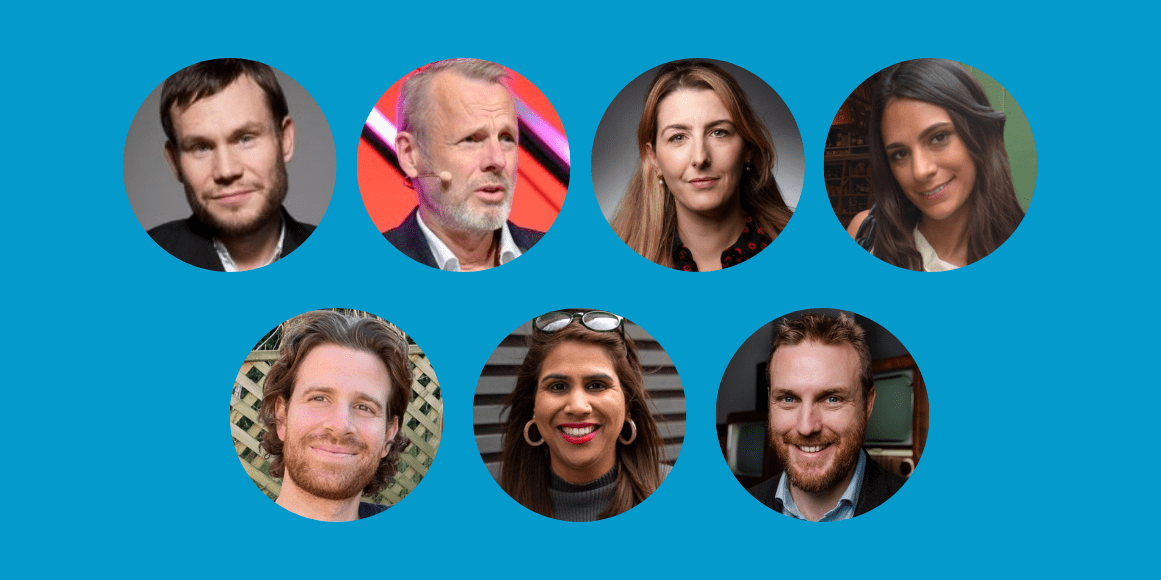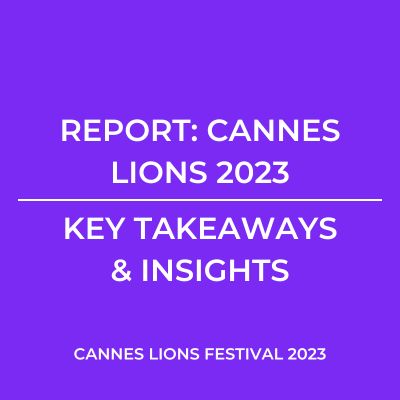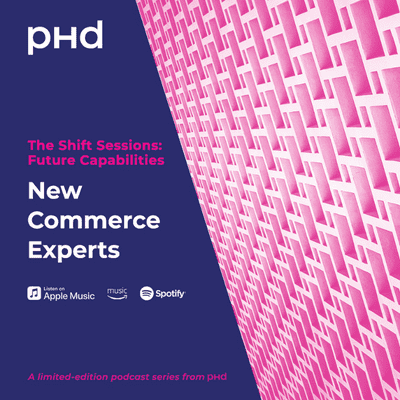How do you quantify attention? Is it in time spent lingering? Perhaps, that might have something to do with it. But you can always linger while your mind is elsewhere. That said, some things are ‘attention grabbing’ for a reason. It may need little more than a second to burn a message indelibly in someone’s memory. The simple fact is, there is a lot goes into securing someone’s attention. Knowing what that ‘lot’ is, is at least half the battle.
With all the questions and at least some of the answers, NDA Editor Justin Pearse convened a roundtable of ad industry experts to chew over the tricky matter of attention, who needs it, how they get it and if they did, was it worth it. Featuring Sophie Strong, Managing Partner of Media Experience, PHD UK, Lina Angelides, Head of Programmatic, OMD UK, Justin Reid, Director of Media, Destinations, Hotels and Growth, Tripadvisor, Ross Coombes, Programmatic Commercial Director, Mindshare, Mike Follett, Managing Director, Lumen Research and Maya Tank, Senior Client Partner at DoubleVerify, we explore the advertiser’s attention deficit disorder.
The need to focus on attention as a valuable measurement of ad effectiveness hasn’t just sprung out of nowhere. Conditions have been ripening for some time, for a new approach to consumer understanding. These are being accelerated by movements in the ad sector that are increasingly hard to ignore.
As Strong explains: “The iOS update is probably one of the best things that happened. It forced us to start thinking about the way we were optimising our media and the metrics we were using. Attention is important now because it helps prove a deeper connection with the users you’re targeting. It’s that reset moment.”
Not that attention is an immediate swap. It is a far from perfect substitute. “Channels evolve,” Tank suggests. “As a result, we’re leaning more into attention but it’s still an emerging metric and we’re not quite there yet. It’s harder for advertisers to cut through and consumers are more privacy conscious.”
Angelides agrees, noting that a direct replacement for the imminently defunct third-party cookie is still some way over the horizon. How attention can best be used is also up for consideration. “Do we use attention to help us understand performance and conversion metrics in anticipation of not being able to do so via ad server data? There’s a lot to learn and we should be working together.”
Strong admits that adding econometrics to the pot is a bare minimum if you’re to understand the impact of attention on sales, for example. Indeed, Tripadvisor’s Reid suggests marketers are growing tired of yet another metric to add into the mix. “Presenting attention as a solution in itself has big advertisers saying ‘don’t give us another thing to measure ads by’. Instead, they want to know how it ties back into effective advertising and increasing ROI. As a lever within programmatic, how is it going to replace the data from third-party and feed into the algorithm?”
Coombes counsels against taking an overly simplified view. “If you start to buy on an attention CPM, that becomes interesting to brands because you’re going to buy ads that are going to be seen more. It’s quite simple in that sense. But different partners measure attention differently. That’s where it gets complicated.”
The lack of standardisation in attention is the most fundamental issue, with it meaning different things to different people. However, it’s not that the sector is starting completely afresh. Tank suggests that we already have baseline information in the form of impression level data, that can give us an indication on one of the influencing factors, media quality.
It is inevitable that its relative youth and lack of structure may work against attention as a valued metric today, admits Angelides: “Advertisers are thinking about two things here – one, it’s a new metric that takes time to build trust and two, I haven’t seen anything around the sentiment of attention. Is someone paying attention because they’re engaged or because the ad is everywhere and it’s annoying them.”
The participants agree that taking a holistic view of the way the media, creative, platform and targeting perform are all going to impact how attention is garnered. Advertisers are going to need insight into all of these levers to adjust them successfully. Follett suggests taking in the marketing panorama:
“The use of attention data in programmatic is hand in glove with its use in all other media. If you take all of this data and put it in econometric models, you can start working out not just which websites have generated attention but which media worked and how those media work together. The way to get marketers to pay attention is to step outside our boxes and see the bigger picture.” Coombes agrees: “You don’t just want to reach people with an attentive ad online, you want it across your whole media mix. The real value is a cross-channel measurement piece.”
Ultimately, the search for perfection in attention attribution may be a futile one. It sounds like advertisers, publishers and clients must be comfortable with a little bit of uncertainty. “Attention is a probabilistic solution and a business tool, rather than an absolutely precise measurement solution,” states Follett.
Reid adds that there are plenty of hurdles still in the way of getting granular data. “Attention would absolutely help unify measurement across media but it all comes down to tracking and how do we join up the loop. If it’s all logged in users, that’s fine, but only 20% of our YouTube viewers are actually logged in. It becomes all the old problems that we’ve always had.”
Angelides agrees that it’s as much an intellectual challenge as it is a practical one, and its one where agencies have to once again occupy the ‘expert advisor’ space “It can be difficult for clients to get their head around the measurement techniques. There are multiple solutions and they’re relying on us as their agency to give a point of view. It does cause confusion.”
Strong concludes that iterating as we go is the most practical approach: “There needs to be a measurement and testing cadence in place to be able to truly understand the role it plays and understand that it will be a different experience for everyone,” adding: “There’s an education job to be done.”
First published by New Digital Age, here.



